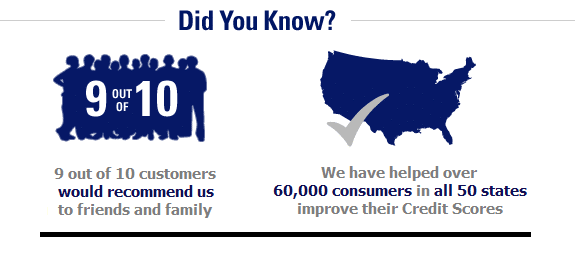Revealed: A Better Credit Score (coming soon)
VantageScore Solutions, the company responsible for a credit scoring model called Vantage Score, has announced that they have updated their credit scoring algorithm and are in the process of rolling out VantageScore 3.0 (V3.0).
The Vantage Score was created in 2006 through a collaboration of the 3 credit reporting agencies, Experian, Equifax, and TransUnion. Its’ purpose was to compete with the FICO score, but very few institutions ever used the model and it never really caught on.
One of the reasons the Vantage Score was overlooked by most consumers and credit lenders was because the range for the credit scoring model was 501 to 990, which confused almost everyone used to the Fai Isaac Company (FICO) model which ranges from 300-850.
In a bid to win market share, the updated Vantage Score 3.0 has changed its’ range to 300-850 as well as made several other interesting changes.
Here are a few changes to the NEW Vantage Score:
- Range Change from 501-990 to 300-850
- Paid/Settled Collection accounts will not be included in the credit score.
- Factors in advance payments (Payments made before due date)
- Installment accounts are weighed differently depending on terms (Length of Loan)
- Utilizes Rental, Telecom, and Utility payment data
One more interesting note; according to VantageScore Solutions, V3.0 will be able to provide credit scores to millions of consumers who are currently not scored through the FICO score.
The Vantage Score will utilize non-traditional consumer credit information (rental payments, utility payments, etc…) in its’ credit scoring model which will allow consumers with little or no recent credit to have a credit score.
This equates to approximately 30 million consumers who currently do not have a credit score because they do not meet FICO’s requirements, getting a credit score through Vantage Score.
Only 10% of lenders use the Vantage Score, but if this new credit scoring model proves itself effective, FICO will surely lose market share and may be forced to implement similar changes into their aging and ancient risk model.











